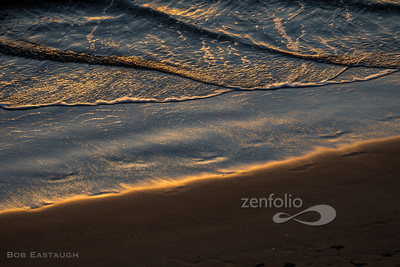Normandy; Rouen, Part 1, 2017
We have to step back, chronologically, to address Rouen. It has the unfortunate history of being the site of Jeanne d'Arc's trial and immolation. It thus provides object lessons in both political and religious history, and political and religious tolerance, not that those topics were easily separated in those days. And indeed, notions of political and religious tolerance were essentially oxymoronic in those days. Jeanne was a fascinating figure who tried to serve and advance an unworthy monarch who then failed to save her from unworthy clerics and English intruders.
At any rate, Rouen has survived and thrived, containing ancient formal structures (including the dour tower where Jeanne was held) and the fine cathedral, as well as middle-ages half-timbered tourist streets and the modern church dedicated to Jeanne and literally located only a stone's throw, so to speak, from her pyre. It also has a fine train station and caters shamelessly to throngs of tourists. On the plus side, it currently uses the cathedral's facade as the screen for projecting a striking historical show each evening.
The cathedral is noteworthy for independent artistic reasons: Monet made many fine paintings of its facade; seeing it live is a goal for anyone who appreciates the Impressionists and particularly Monet.


Jeanne's new church at night




Room with a view; from the balcony


The facade floodlit in the evening


Flying buttress detail in late afternoon




Spires in late afternoon, and canopies over an outdoor bistro
One of Claude Monet's cathedral paintings


Comments


After a lifetime of mainly expressing myself with words, my postings here will mainly rely on images. They will speak for themselves to some extent, but I'll usually add a few comments of explanation. I've taken photographs for decades, since the 1950's, inspired in part by my father's photographic skill. Four years of photo assignments and quality darkroom time eventually gave way to decades of casual and family picture-taking. I re-immersed myself when I left film and turned to digital.